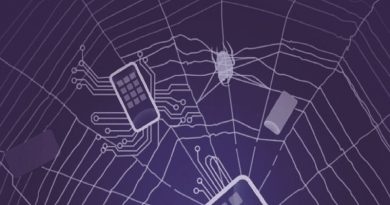10 Steps for Better Website DDoS Protection
All over the world, DDoS attacks are getting more frequent and last longer, too. We’re officially sailing in rough water. And not all of our ships are sea-worthy. A study by IDG found that the lack of broad DDoS protection was among the top 3 security challenges faced by organizations.
Realizing this, many companies sought help with specialized mitigation services. This is a great first step. But there are still lines to tighten and halyards to replace. Different resources have varying degrees of DDoS resistance. And using a third-party solution is not always enough.
Let’s look at 10 steps you can take to improve your DDoS protectability. And, hopefully, find a safe mooring in this raging hurricane of junk traffic.










